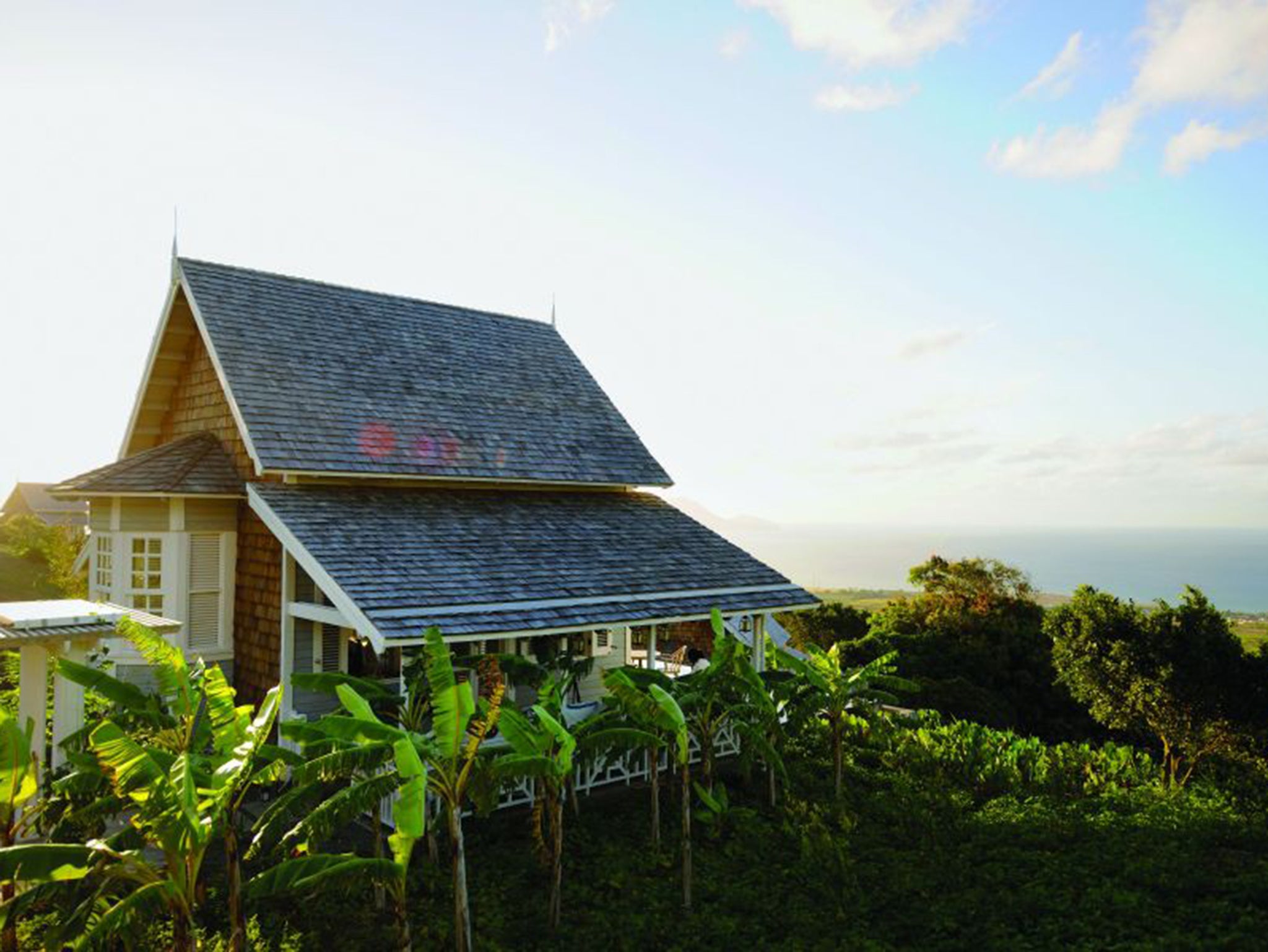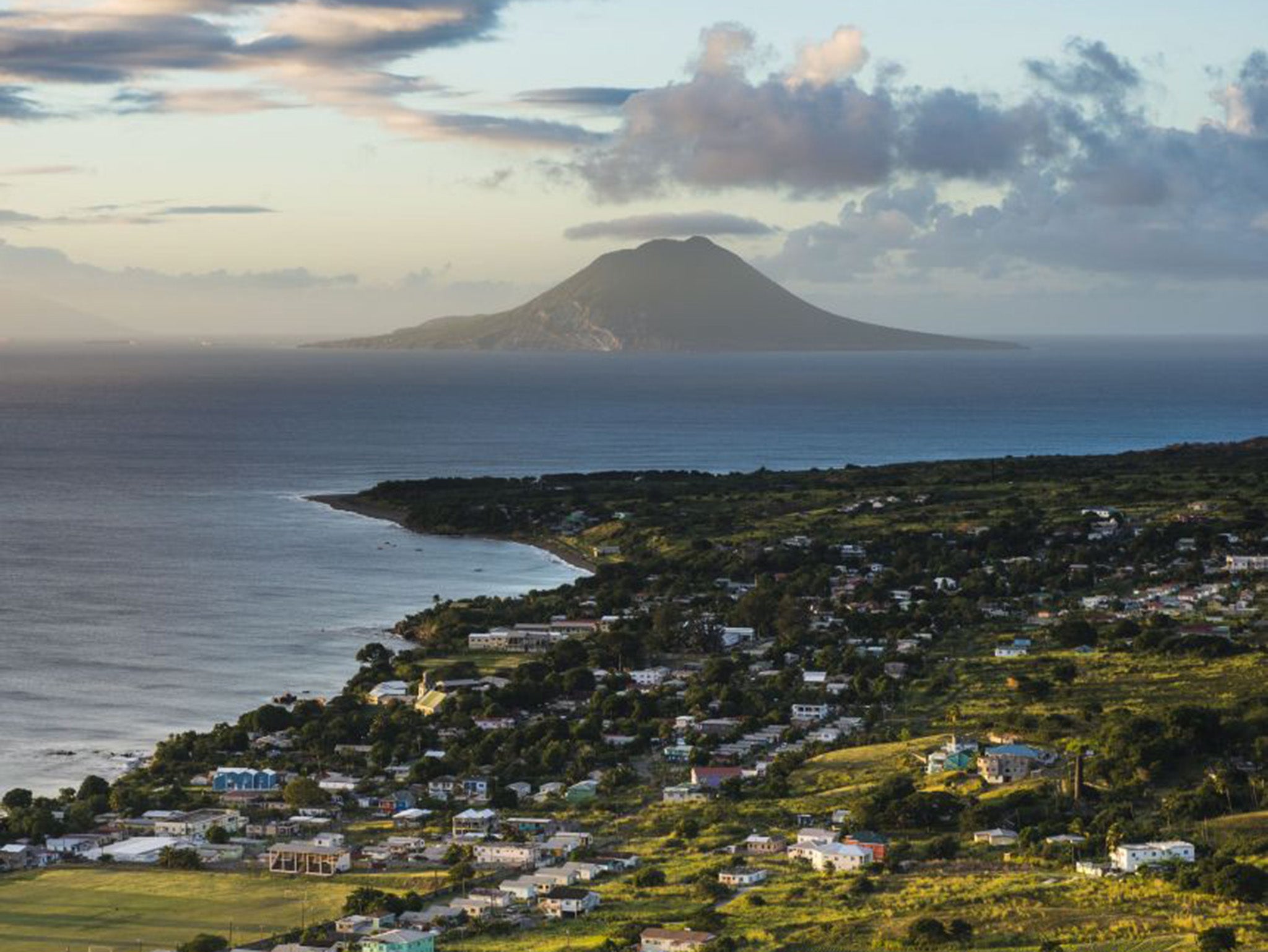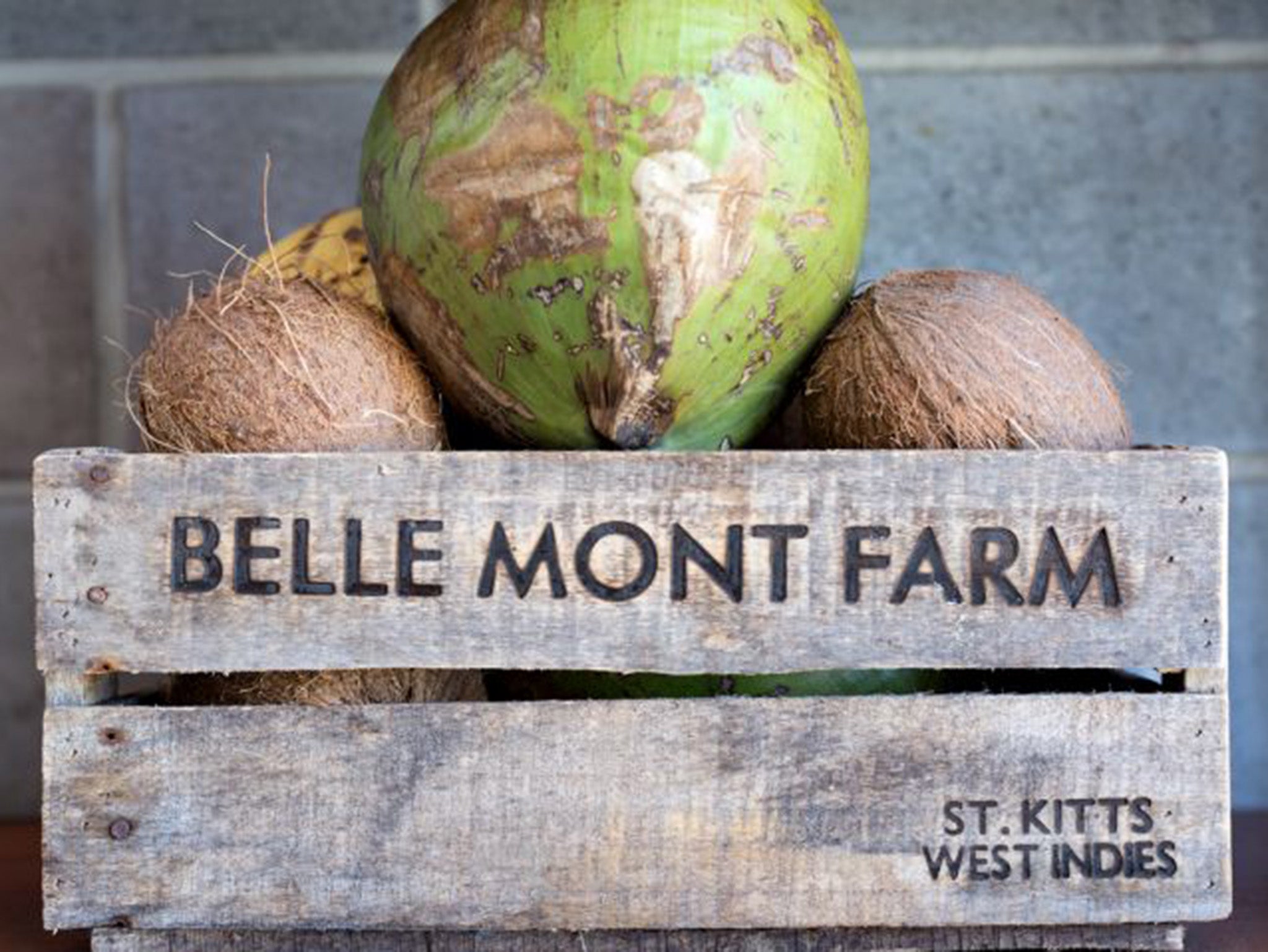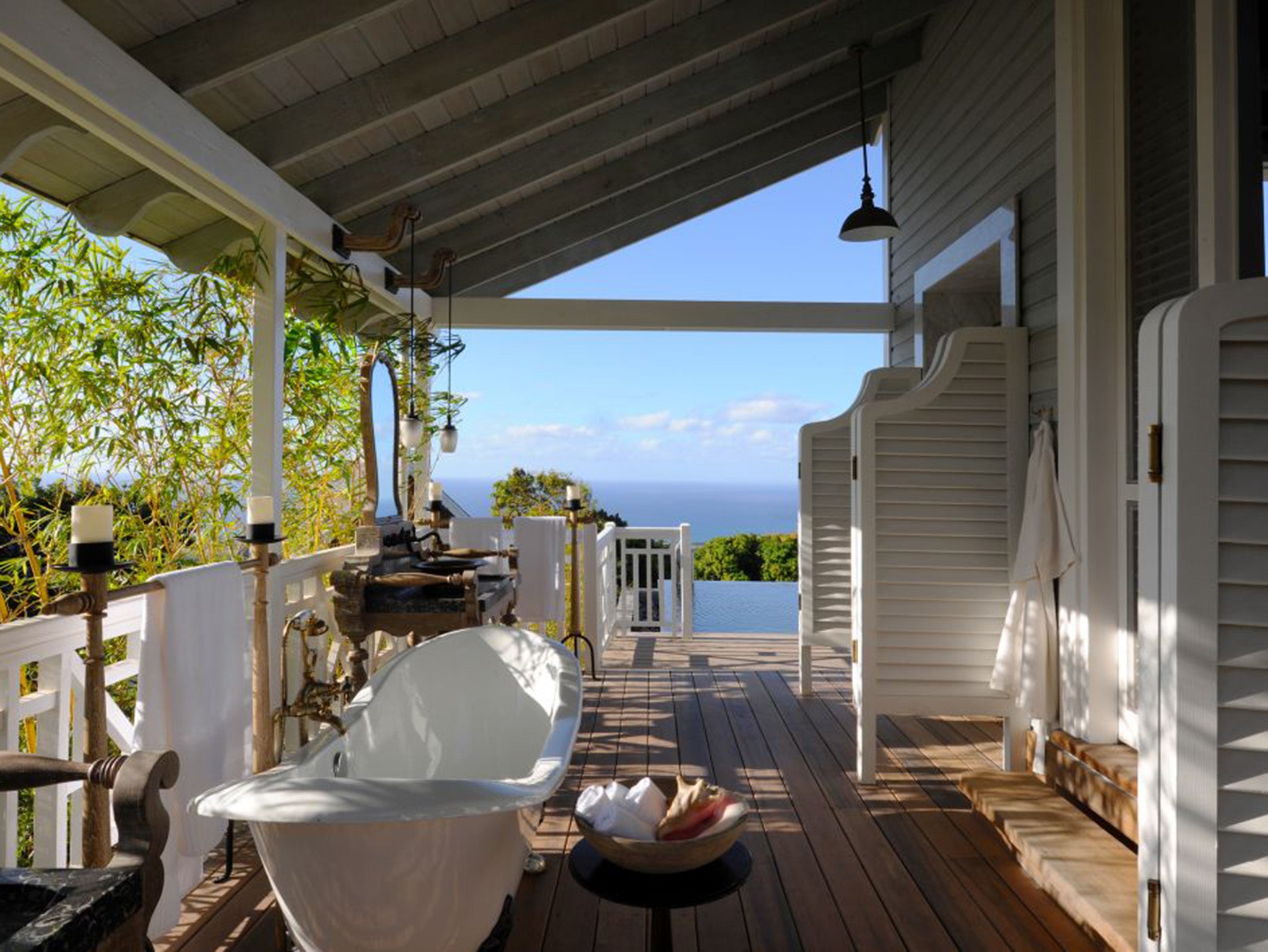Kittitian Hill, St. Kitts, West Indies: Welcome to a farmstay with a difference
Putting its guests at the heart of the St Kitts tropical landscape

Your support helps us to tell the story
From reproductive rights to climate change to Big Tech, The Independent is on the ground when the story is developing. Whether it's investigating the financials of Elon Musk's pro-Trump PAC or producing our latest documentary, 'The A Word', which shines a light on the American women fighting for reproductive rights, we know how important it is to parse out the facts from the messaging.
At such a critical moment in US history, we need reporters on the ground. Your donation allows us to keep sending journalists to speak to both sides of the story.
The Independent is trusted by Americans across the entire political spectrum. And unlike many other quality news outlets, we choose not to lock Americans out of our reporting and analysis with paywalls. We believe quality journalism should be available to everyone, paid for by those who can afford it.
Your support makes all the difference.‘Hi! My name is Patricia, but you can call me Sweet Pea.” It’s the morning of the day we’re due to check into the new, sustainable resort Kittitian Hill, so we’ve decided to squeeze in a comparative taste of old-style Caribbean hospitality before we go. It may be 9am in St Kitts, but according to our tour guide, Sweet Pea, it’s cocktail hour on the top deck of Scenic Island Railway: “We have piña colada, rum punch, rum and Coke, rum on the rocks, rum and rum …” she says before introducing the first song from the onboard a capella group.
Once used to transport sugar cane from the plantations to the mills, this open-top train now plays host to tour groups of mostly American day- trippers from the cruise ships, and it’s unashamedly geared to tourists
Tourism dominates the Kittitian economy and cruise ships dominate the tourism industry, but on this small, comparatively undeveloped island it remains possible to get a more authentic experience of the Caribbean. To that end we’d spent the past three days staying at Island Paradise, a light, airy, self-catering condo in Frigate Bay towards the south of the island, and the perfect base for happy, footloose exploring. An aimless drive around the island’s one main road took us through small villages where pink and purple bougainvillea prettified corrugated iron fences, and goats dawdled lazily in the road. In the afternoons we’d stop off at a deserted black sand cove to swim and eat curried conch, or at one of the beach shack bars on the strip. All in all, a very pleasant way to while away a few days before pitching up at our main destination and, as it turned out, the perfect context to appreciate just what makes Kittitian Hill, in the north of the island, so special.

Self-caterers staying on the island will note that around 90 per cent of the fresh produce stocked in St Kitts’ supermarkets is imported, yet as soon as we arrive at The Potting Shed, Kittitian Hill’s al fresco reception desk, the madness of this arrangement becomes apparent.
The narrow paths leading from here up the hill are lined with tropical fruits (coconut, manciport and soursop), peanuts, and aloe vera, which will be used as a base for massage oils in the resort’s Mango Walk spa once the crop is mature.
The complex is really a farm with a resort set within it, and nothing here is purely ornamental. We are handed lemongrass-scented hot towels and glasses of freshly squeezed watermelon juice, before being transferred to a solar-powered golf buggy in order to take the short trip to our guest house in the Belle Mont Farm section of the resort. On the way, I marvel at how the pineapple grows, sitting atop what looks like an over-sized spider plant, and our friendly driver Keithston chuckled gently at my ignorance. I knew pineapples didn’t spring into existence pre-packaged in a supermarket refrigerator cabinet (honest) but for some reason I did always assume they grew on trees. Apparently not.
This gorgeous fertility is the first thing I notice about Kittitian Hill’s setting. Food is so abundant here that even the vervet monkeys – which, on St Kitts, outnumber humans by a ratio of two to one – can be tempted to decadence. They will typically take a single bite of a mango before discarding it, much to the irritation of otherwise laid-back head farmer Winston Lake. Guests, too, are invited to pluck fruit from one of the 100 or so varieties of mango trees which grow here, perhaps during a round on the 18-hole Irie Fields, the “world’s most edible golf course”.
If all this brings to mind images of the Oompa Loompa’s garden from Roald Dahl’s Charlie and the Chocolate Factory, then Val Kempadoo is Kittitian Hill’s Willy Wonka. It was he who first envisioned a sustainable community up here in the foothills of the ancient Mount Liamuiga volcano.

As a Trinidad-born social entrepreneur with business interests all over the Caribbean, he knew he didn’t want it to be run along traditional lines: “The tourism industry had not changed from the plantation industries of 200, 300 years ago. You take foreign management, foreign capital, exploit local labour, exploit the local environment, maximum repatriation of profit …”
So, with the support of the Kittitian government, Kempadoo set about creating a new model, one which benefits the local people and respects the natural environment, while also providing a no-detail-overlooked luxury experience for Kempadoo’s kind of traveller. These are tourists who might visit farmers’ markets in their home towns and, crucially, know the difference between what Kempadoo calls “the superficial, ‘hang-your-towel- here-and-you’re-going-to-save-the planet’s-water’ nonsense or something that’s really meaningful.”
The philosophy is perhaps best realised in The Kitchen, one of three restaurants in Kittitian Hill, where French chef Christophe Letard dreams up a daily changing menu based on the farm’s all-organic, tropical bounty. On our first night we eat cherry tomatoes on a coconut foam, freshly-caught garfish in banana leaves, and goat’s cheese ravioli made with yam. It’s likely accidental, but the fact that wheat and rice do not grow on the island makes this place a paradise for Atkins dieters and gluten-free foodies. And the farm-to-table, outside-in philosophy doesn’t end at the edge of our plates. While less sophisticated holidaymakers sweat away on the coast, at Kittitian Hill, those in the know enjoy a mercifully cooling breeze. In praise of God’s own air conditioning, architect Bill Bensley has designed The Kitchen’s main dining room as a huge hall with open windows and high ceilings, allowing the breeze to flow through overhead, bringing with it the occasional bird or Monarch butterfly. Later this year The Village will come to fruition – a social space comprising a weekly farmers’ market, street-food stalls, art galleries, workshops, a café, rum shop, and open-air cinema.
After dinner, we retire to our guest house, which is furnished in an elegant colonial style, with a ceiling fan and colourful paintings by local artist Kate Spencer. There’s time for a quick dip in the private infinity pool before bed; ours is complete with an overhanging banana tree, for a handy post-swim snack. Initially less appealing is the idea of an outdoor bathroom suite; will there be any privacy? What if a snake finds its way into my toiletries? No need to worry. There are no snakes on St Kitts (the mongooses saw to that centuries ago) and strategically planted palm trees mean the only peeping toms we need to contend with are the monkeys.

The guest houses at Belle Mont Farm include nothing so gauche as a TV. Instead, there is a huge, iPad-synced projection screen, which doubles as a blind for the front window and descends at the touch of a button. There’s a Netflix account and numerous pre-loaded films to choose from, but we never quite get around to watching any; who would want to obstruct that incredible view? On a clear day you can lie back against the bed’s plump pillows and see down the mountain, through the village of St Pauls, all the way out to where the Caribbean meets the Atlantic. This, despite the fact that only two trees were felled during Kittitian Hill’s construction process – and those only because they were already ailing.
As with trees, so with people. Of the resort’s 140 employees, only 38 have worked in a hotel before, and almost all hail from the local area.
Some, like Bushman, the ageless, taciturn rasta who leads us on a mango-foraging trip one morning, are very local indeed. The story goes that Kempadoo stumbled upon his hut deep in the rainforest when scouting the land and, impressed by his knowledge of the local flora, offered him a job on the farm.
“He can’t read or write,’” says another colleague cheerfully, “but you ask him for 500 mangos, he’ll find you 500 mangos.”
Ultimately, it’s not the incredible food, comfortable surroundings, or spectacular views which linger most about this place; it’s the people. By employing staff based on attitude rather than experience, Kittitian Hill has created a community that’s naturally friendly, without ever being over-solicitous or subservient. Should you wish to, it is possible to strike up free-flowing conversations here, in a way which would be unimaginable in many luxury resorts.
It’s Kempadoo’s hope that guests will return home feeling rested, revived, and like they’ve actually experienced something of the real Caribbean, a place which is so much more than just the limbo, Bob Marley’s greatest hits, and sugary rum cocktails. “Okay, maybe that worked in the Fifties,” he said. “But I mean, please. Really? With all that we have, is that what we’re going to have people leave believing?” In this regard, as in many others, Kittitian Hill is doing something different.
Join our commenting forum
Join thought-provoking conversations, follow other Independent readers and see their replies
0Comments